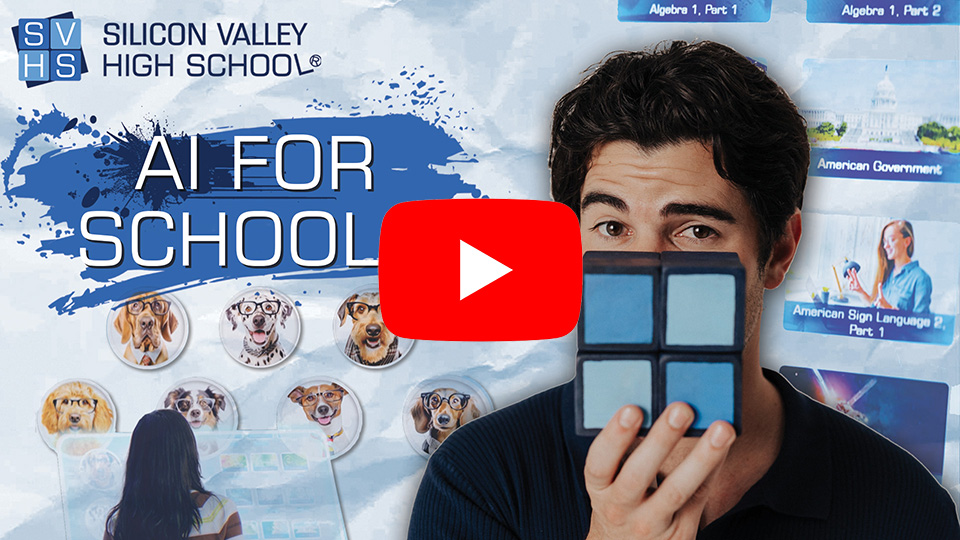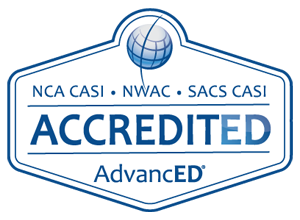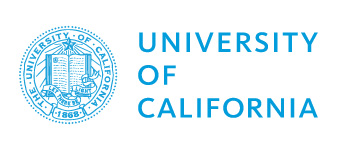
Teachers: Why and How to Flip your Classroom
Flipped learning, also known as the flipped classroom, is a teaching model that has been shown to greatly benefit you and your students. In this approach, traditional in-class lectures are replaced by self-paced learning activities outside the classroom, while class time is used for hands-on activities, discussions, and problem-solving. Here are some reasons to consider flipping your classroom:
Increased Student Engagement
In a traditional classroom, students may tune out or become disengaged during lectures. Flipping your classroom shifts the responsibility of learning to the student, allowing them to actively engage in the learning process at their own pace. Students can watch instructional videos, read articles, or complete online quizzes on their own time, making it easier to retain and recall information when they come to class. This approach encourages students to take more ownership of their learning and fosters a sense of independence and self-direction.
Personalized Learning
Every student learns at their own pace and has different strengths and weaknesses. Flipping your classroom can help you accommodate different learning styles and individualize instruction. Students can work at their own pace, replaying difficult concepts or pausing to take notes as needed. You can spend more time working one-on-one with students who need extra help or challenge, providing a more tailored and personalized learning experience for each student.
Improved Collaboration
Flipping your classroom creates more time for hands-on, collaborative learning activities during class. Rather than spending class time on lectures, students can work together on group projects, problem-solving activities, or class discussions. This approach not only enhances collaboration and communication skills but also allows students to apply what they have learned in real-world scenarios. This type of active, collaborative learning can help students develop critical thinking and problem-solving skills that are essential for success in the modern workplace.
Better Assessment
Assessment is a critical part of the learning process, and flipping your classroom can lead to more effective assessment strategies. With online tools and resources, you can track student progress more easily, monitor engagement, and identify areas where students may be struggling. In addition, because students are more actively engaged in the learning process, you can use more formative assessments to gauge student understanding and adjust instruction accordingly. This can help students identify areas where they need extra help and provide you with more data to guide your instruction.
Increased Flexibility
Flipping your classroom can provide you with greater flexibility in your teaching. Rather than being constrained by the traditional lecture format, you can develop more varied and creative activities that align with student needs and interests. This approach can also provide more flexibility for students who may have different schedules or who need to work at their own pace. By providing students with more control over their learning, you can create a more dynamic and engaging learning environment that promotes curiosity and a love of learning.
Flipping your classroom has many benefits for both you and your students. By providing more opportunities for active, collaborative learning and personalized instruction, you can create a more dynamic and engaging learning environment that promotes student success. While flipping your classroom does require an initial investment of time and effort, the long-term benefits can be substantial, including better learning outcomes, increased student engagement, and improved assessment strategies. So, why not consider flipping your classroom and see the positive impact it can have on your teaching and your students’ learning?
Flipping Your Classroom On Your Own
Flipping your classroom by creating your own video lectures and online curriculum can be a daunting and time-consuming task. Creating video lectures requires significant planning, preparation, and technical know-how. To make effective video lectures, you need to write scripts, create visual aids, and record high-quality audio and video. Creating quizzes, assignments, and unit tests can be a tedious and time-consuming process, requiring you to carefully plan each activity and create questions that are both engaging and challenging.
To manage all these online resources, you also need a learning management system (LMS) to organize and deliver your online curriculum. Implementing an LMS can be a complex and challenging task, especially if you don’t have a team of software engineers and IT specialists. You need to select the right LMS for your needs, learn how to use it, and ensure that it integrates with your other tools and systems.
Doing all this on your own can be a challenging and overwhelming experience. You may feel like you don’t have the technical skills or resources to create effective video lectures or manage an online curriculum. Creating and managing all these resources can take up a significant amount of time, leaving you with less time to focus on other important aspects of your teaching.
Dealing with AI-Plagiarism
Students using AI to do their homework has become an issue that educators have to deal with. The flipped classroom model enables teachers to more easily confirm that students have mastered the course materials, even in the face of such challenges.
- By providing students with the opportunity to engage with the material in a variety of ways, including in-class discussions, group activities, and problem-solving exercises, teachers can gauge how well students have internalized the information and identify any areas where further instruction may be necessary.
- By assigning homework that requires critical thinking and synthesis of information rather than simply regurgitating facts, teachers can further discourage students from relying solely on online resources. For example, instead of assigning straightforward questions with a single correct answer, teachers might assign open-ended questions that require students to apply the concepts they have learned in novel ways.
The flipped classroom model can be an effective way to engage students and promote deeper understanding of course material. While the availability of AI large language models may pose some challenges to ensuring that students are truly mastering the material, the flipped classroom model enables teachers to adapt their teaching methods to better assess student learning and provide targeted support.
AlwaysOnline™ Online Curriculum & LMS
If you’re looking for a quick, easy, and effective way to flip your classroom, AlwaysOnline™ may be the solution you’re looking for. AlwaysOnline™ is an online curriculum and learning management system with a curriculum of over 50 high school courses that is supported by a team of experienced teachers. What’s more, we offer it under a private label model, which allows it to be seamlessly embedded in your school’s website, creating a cohesive and consistent learning experience for your students.
With AlwaysOnline™, you can flip your classroom without developing your own curriculum. This frees you up to spend more time one-on-one with your students, helping them understand the material and master the concepts that are most important to their learning. This way, you can focus on what really matters – engaging with your students, answering their questions, and providing them with the personalized instruction they need to succeed.
AlwaysOnline™ automatically grades quizzes and tests, and our teachers provide recommended grades for assignments. Our online support team and credentialed teachers answers student questions. This means you can free yourself from laborious work like grading and managing assignments, and instead spend your time on the activities that have the greatest impact on your students’ learning.
AlwaysOnline™ also provides detailed student performance data that can be used to identify areas where students need additional support or instruction. This data is invaluable for schools that are looking to improve their overall performance and ensure that their students are receiving the best education possible.
With simple $125/course pricing, there’s no requirement for schools or school districts to sign long-term contracts or make long-term commitments. You can try out AlwaysOnline™ without worrying about making a long-term financial commitment.
Pricing for AlwaysOnline™ is set at $125 per student, per course, per semester. This affordable pricing can help schools struggling with tight budgets to provide their students with a high-quality education without breaking the bank.
The courses offered by AlwaysOnline™ are video-based, self-paced, and supported by our credentialed teachers. Our online customer support team is available 24/7 to help students with any questions they may have, ensuring that they have the support they need to succeed.
AlwaysOnline™ offers a quick and efficient onboarding service that can get your school up and running in just a couple of weeks. This means you can start flipping your classroom and providing your students with a high-quality, digital learning experience in no time.
Overall, AlwaysOnline™ is a powerful tool that can help you flip your classroom and provide your students with a high-quality, personalized learning experience. With its user-friendly design, detailed student performance data, and affordable pricing, AlwaysOnline™ can help your school leap to the forefront of the digital education revolution.
The AlwaysOnline™ curriculum is available today. Schools will be able to switch on their private-label LMS version during the 2023-2024 school year.
Related Links

University of California, A-G Approved Course List





























